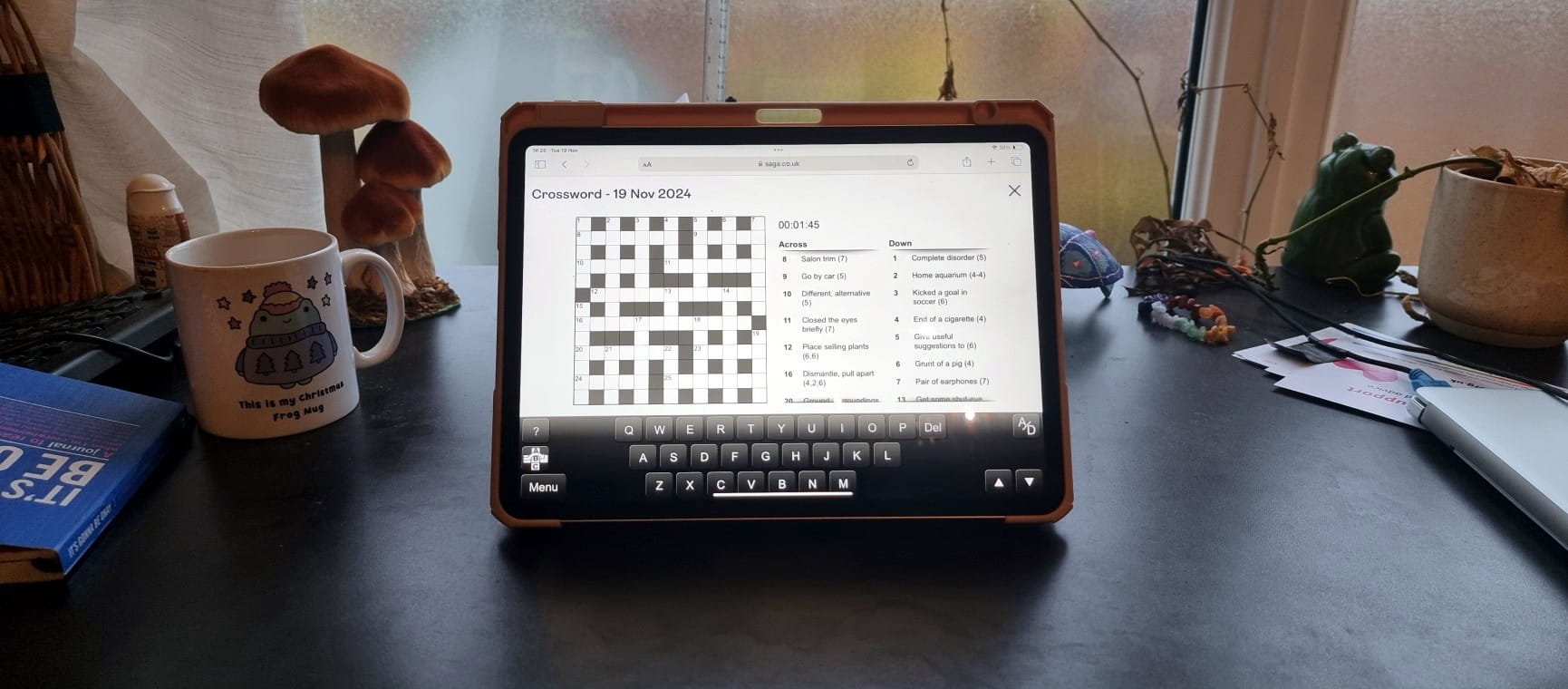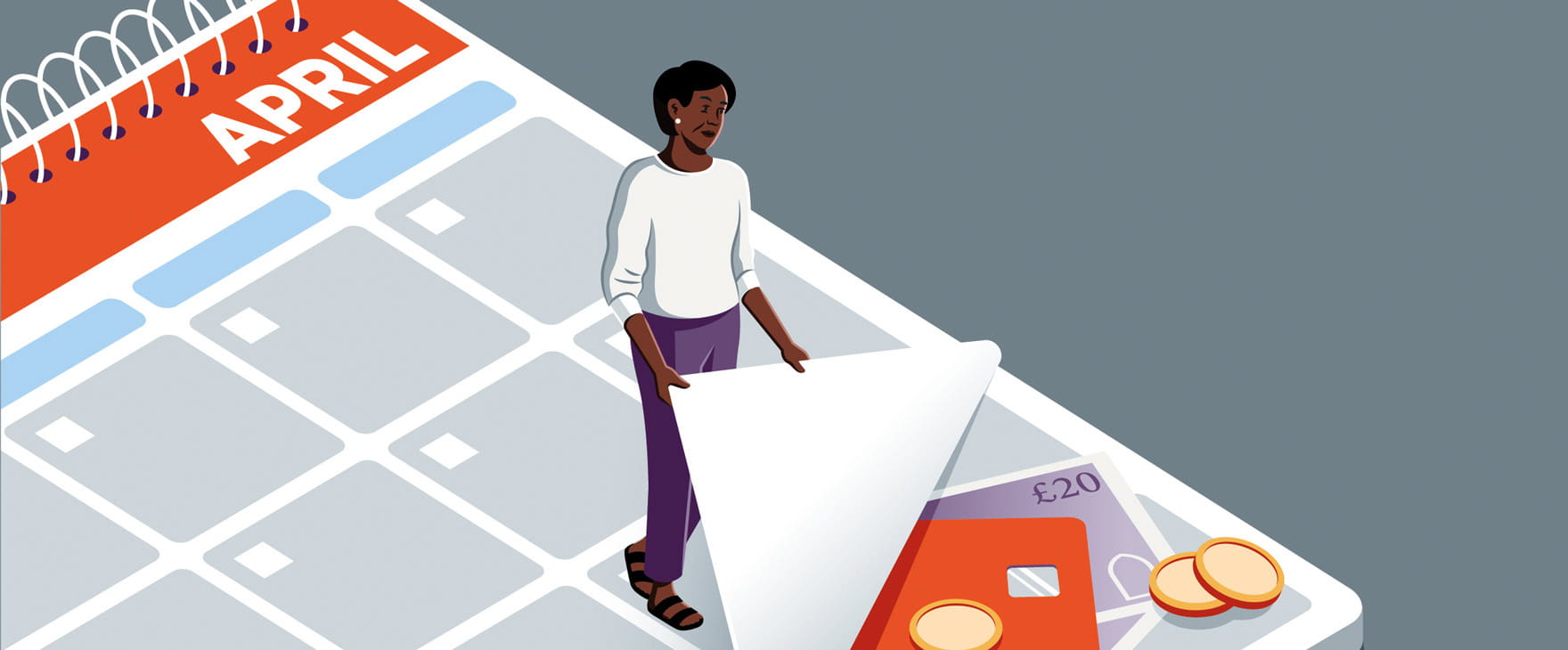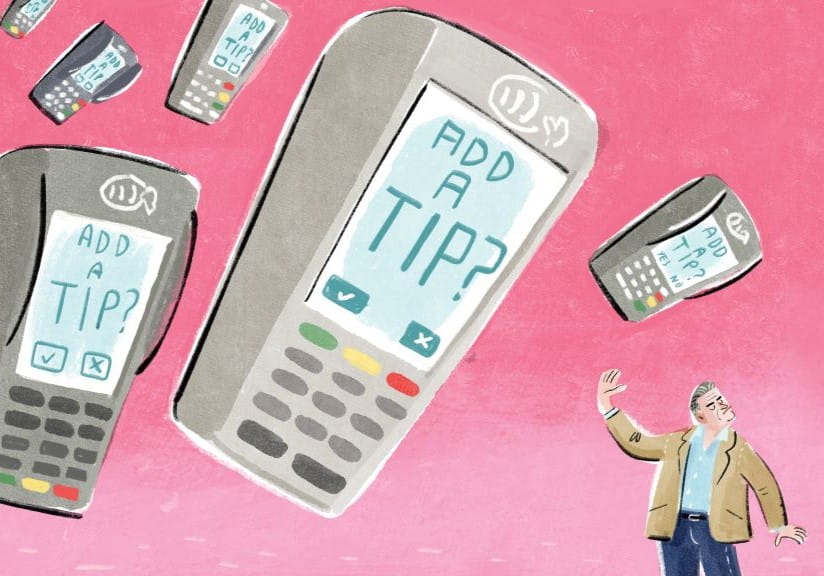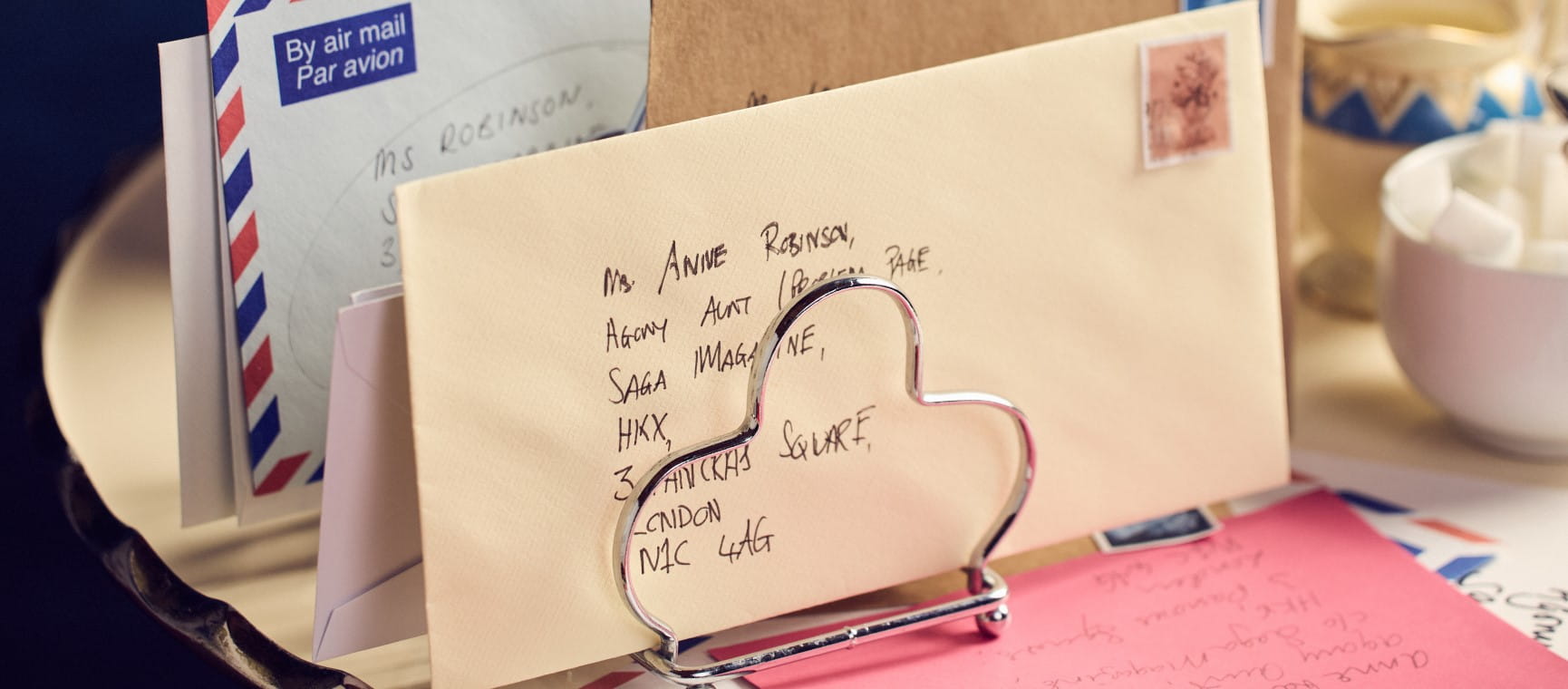How the weather forecast really works – and which app is the best?
Obsessed with the forecast? Here’s how it works and everything you need to know to choose the best weather app for you.

Obsessed with the forecast? Here’s how it works and everything you need to know to choose the best weather app for you.

We’re a nation of weather watchers – let’s face it, any given day in the UK might call for a T-shirt, thermals, an umbrella, or head-to-toe waterproofs and a pair of waders.
Thank goodness, then, for weather apps. But are they reliable – and which is the best? Scientists from the Department of Meteorology at the University of Reading give their expert view, and the results may surprise you.
“Most weather data comes from a global network of measured data shared across the world,” explains Hannah Cloke, professor of hydrology and an expert in extreme weather and early warning systems.
“But what individual weather services decide to do with that data is up to them.”
“There are billions of pieces of data from around the world – from satellites, weather stations, ships, buoys, balloons and aircraft measuring temperature, humidity, wind speed, clouds and air pressure,” explains Cloke.
“These are fed into supercomputers, which run simulations into the future to see what the computer model is predicting the weather will be like on every point of the planet.”
So, why are the forecasts all different? Cloke explains: “They use different computer simulations, supercomputers and detailed resolution, which can lead to slightly different results, especially the further ahead into the future they are trying to look.”
Results of an ongoing study by Reading University show the Met Office app to be more accurate in terms of temperature forecasts, being correct 5.4% more of the time than the BBC Weather app.
However, BBC Weather proves more useful in terms of rain prediction, being accurate 18.7% of the time. Both apps, however, tend to over-predict rain – indicating that rain was likely 17% of the time when in reality it rained only 10-12% of the time.

“I prefer the Met Office because it’s very intuitive,” says Professor Cloke, “although many people like the BBC app because of the simplicity of layout. It’s a matter of choice, and both apps do have their pros and cons.”
The Met Office has a long-range forecast of up to a month, and a map showing rainfall and cloud cover, while the BBC app has an hour-by-hour, two-week forecast. Both apps offer national severe weather warnings and are free, although the Met Office app is ad supported. It costs £2.99 to get the ad-free version.
“Sadly not! Forecasting the weather is hard,” says Professor Cloke. “You have to understand what’s going on from the tiniest level – from the interaction between water droplets in clouds – to the way enormous ocean currents transport heat across thousands of miles.”
Some types of weather prove particularly tricky to chart. “Predicting fog is difficult because it requires a series of conditions, such as wind strength and air moisture, to occur in a certain way to form,” Professor Cloke explains. “And even then, it might end up forming in a slightly different location than predicted.”
Rain is similarly unpredictable. Currently, the technology isn’t there to provide “nowcasts” for every postcode in the UK, although AI will eventually improve predictions. On the whole, however, advances in science and technology mean that the weather forecasts available to us are remarkably and increasingly precise.
“We are getting better and better at it, as our computers get faster and our understanding of the physical processes improves, making our computer simulations more accurate,” says Dr Rob Thompson, a meteorologist at the University of Reading who, along with PhD student Rosie Mammatt, is leading the study comparing the BBC and Met Office apps.
“In fact,” he adds, “today’s four-day forecast is as accurate as the 24-hour forecast was 30 years ago.”
Consulting more than one app is good practice, especially if you are looking for a forecast for more than a day or two ahead, advises Professor Cloke.
Rather than relying on the symbols and emojis that apps use to summarise the day, check the daily and hourly fluctuations in temperature and rain.
A given percentage does not correspond to heaviness of rain, or the area of land that will experience rain.
“30% doesn’t mean there will only be a light drizzle,” Dr Thompson explains. “A 30% chance of rain means that there is a three times out of 10 chance that it will rain.
“That 30% could mean a heavy downpour for the full length of time covered by the forecast, or a brief five-minute shower right at the end.”
Rain icons don’t always mean it will rain where you are – a single forecast doesn’t always apply to the whole region. Weather apps divide the country into a grid of squares, each covering an area as large as 200km.
If a downpour is forecast somewhere in that grid, a rain icon may be assigned, but that doesn’t mean it will rain exactly where you are.
Weather apps will ask permission to turn on “precise location” either “all the time” or “only when using this app” when you install them. Switch this setting on for the most accurate forecast for your location.
Apps only provide “yes or no” predictions, but there’s nothing like watching an actual meteorologist at work.
If you can’t switch on the TV, some apps, such as The Met Office app, offer handy video forecasts so that you can hear an expert interpreting the data.
If travelling abroad, download the national weather service app for that country for a tailored forecast with local scientific expertise.
For example, in Germany, try the DWD app, which has a cool severe weather warning feature.

Main features: Detailed hourly forecasts offered for up to 14 days. Met Office weather warnings tailored to your location. Gives “feels like” temperature, which accounts for wind chill and humidity, and therefore is more realistic.
Cost: Free to download and use (although your mobile provider may charge you for data used while accessing content).

Main features: Accurate and world-leading forecasts for the UK and worldwide, looking hourly, daily and up to a month ahead. Interactive maps showing rainfall and displaying real-time official UK National Severe Weather Warnings.
Users can receive push notifications, including alerts for storms, snow, ice, fog and high winds.
Cost: Free to download and use (although your mobile provider may charge you for data used while accessing content).

USP: Offers the most accurate daily forecasting according to the meteorologists at the University of Reading. Since 2017, it has also ranked first globally for overall accuracy across 84 metrics, according to a study by the independent evaluator ForecastWatch. Performs particularly well in terms of “nowcast” predictions (hour-by-hour and same-day).
Cost: Free ad-supported version. Premium version: £4.99 a month.

USP: Its customisable interface means you can add weather layers such as wind, waves and air pressure to tailor it for different activities, such as kitesurfing, sailing, etc.
Cost: £22.99 for an annual subscription to the app with pro features. Windy website free with no ads.

USP: Shows individual lightning strikes, which is great fun to watch in a thunderstorm and potentially lifesaving info for those who are out in the open air.
Cost: Free with minimal pop-up ads.

USP: The “RealFeel Shade” feature tells you how cool it will feel when you are out of the sun.
Cost: Free version available. Upgrade to the paid version for features such as an hourly 10-day forecast.

USP: Unlike basic weather apps, it provides critical data for those wanting optimal “viewing conditions”. Allows you to analyse humidity, dew-point data and cloud cover, even providing separate maps for different cloud layers.
Cost: Free. In-app purchases available.

USP: Helps you begin to understand the impact of weather on ailments such as allergies, arthritis, migraines, COPD, seasonal affective disorder, depression, etc.
Cost: Free but the best features are via paid subscription.

USP: Of particular use to walkers on peaks such as Ben Nevis and Snowdon, and long-distance trails such as the West Highland Way, the Coast to Coast Walk or the Pennine Way.
Cost: Free but with a premium service at a cost of £3.99 monthly, £24.99 yearly (iOS users only).
(Hero image credit: Getty Images)


Your chance to win a five-night river cruise with Saga worth almost £3,000, exploring some of Germany's most culturally-rich cities.

Find out about Saga’s walking holidays here…
Saga’s walking holidays are perfect for exploring Europe’s stunning destinations on foot. They’re suitable for all fitness levels and offer a well-balanced mix of guided walks and relaxation.

The ultimate guide to Saga Puzzles, full of technical tips, tricks and hints.

With the start of the new financial year on 6 April, our money expert explains the changes to your pension, benefits and taxes.





